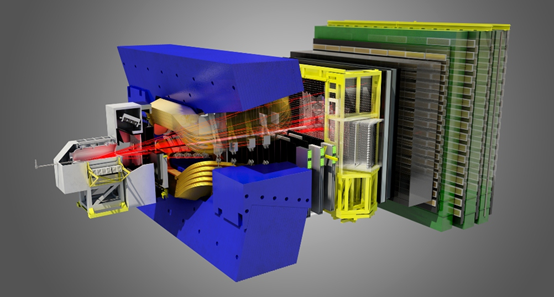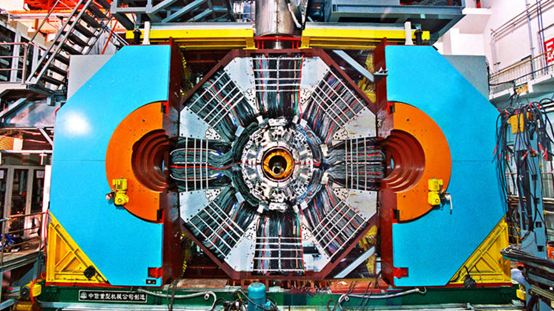

The IQM High Energy Experimental Group has currently participated in the LHCb and BESIII experiments.
The Large Hadron Collider beauty (LHCb) experiment specializes in investigating the slight differences between matter and antimatter by studying a type of particle called the "beauty quark", or "b quark".
Instead of surrounding the entire collision point with an enclosed detector as do ATLAS and CMS, the LHCb experiment uses a series of subdetectors to detect mainly forward particles - those thrown forwards by the collision in one direction. The first subdetector is mounted close to the collision point, with the others following one behind the other over a length of 20 metres.
An abundance of different types of quark are created by the LHC before they decay quickly into other forms. To catch the b quarks, LHCb has developed sophisticated movable tracking detectors close to the path of the beams circling in the LHC.
The 5600-tonne LHCb detector is made up of a forward spectrometer and planar detectors. It is 21 metres long, 10 metres high and 13 metres wide, and sits 100 metres below ground near the village of Ferney-Voltaire, France. About 700 scientists from 66 different institutes and universities make up the LHCb collaboration.
The Beijing Spectrometer III (BES III) is a particle physics experiment at the Beijing Electron–Positron Collider II (BEPC II) at the Institute of High Energy Physics (IHEP). It is designed to study the physics of charm, charmonium, and light hadron decays. It also performs studies of the tau lepton, tests of QCD, and searches for physics beyond the Standard Model. The experiment started collecting data in the summer of 2008.